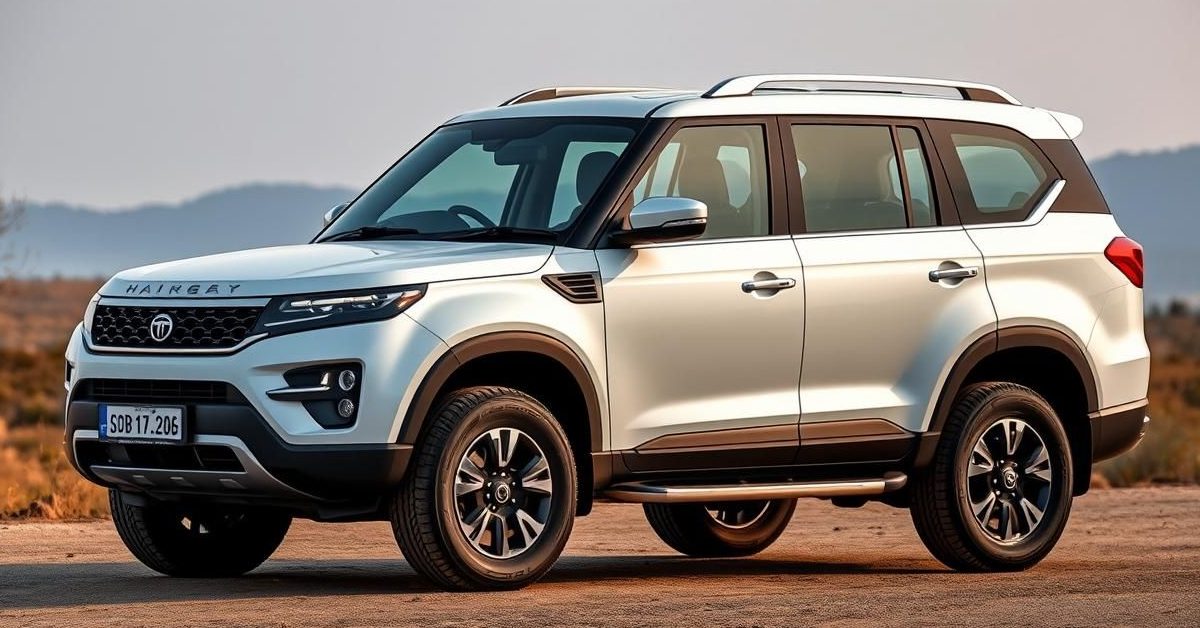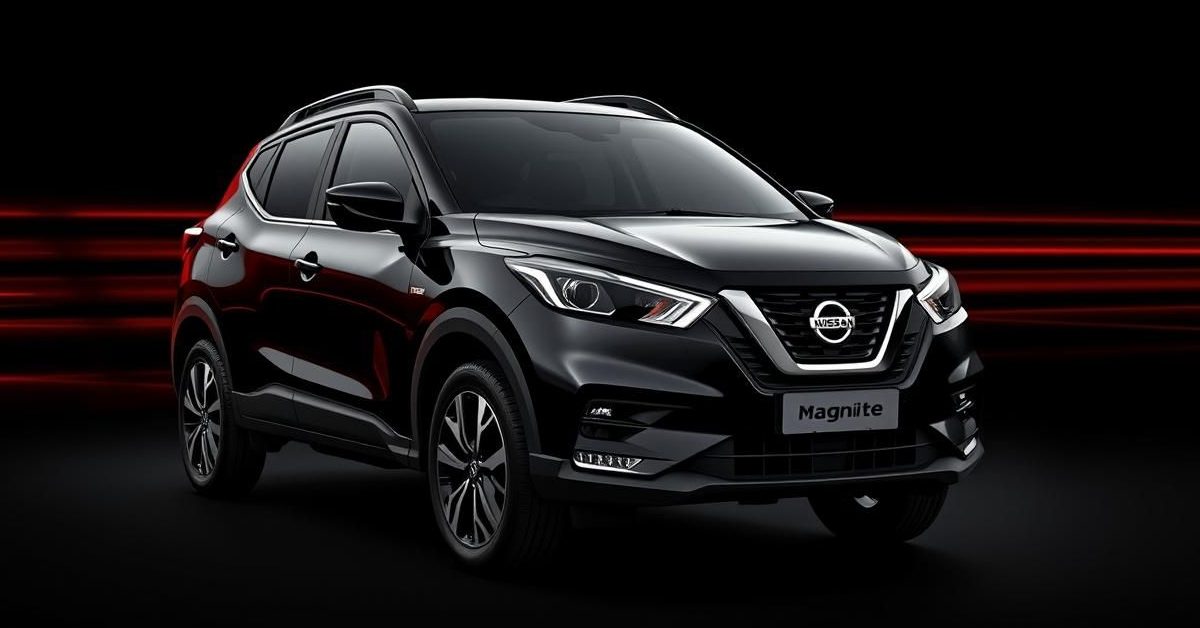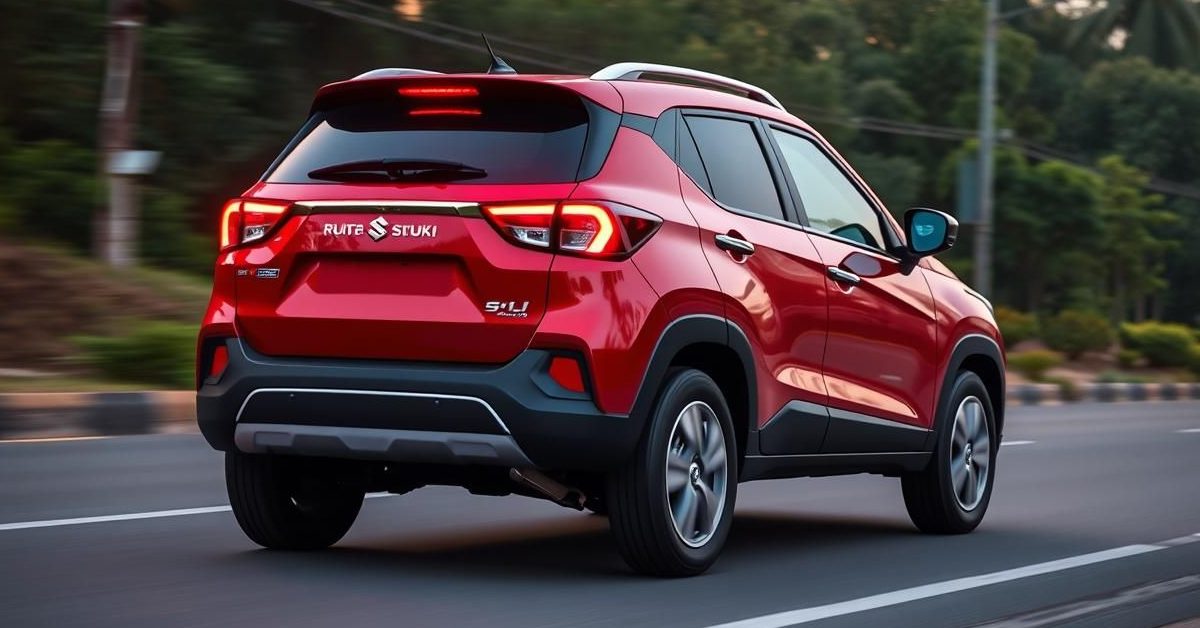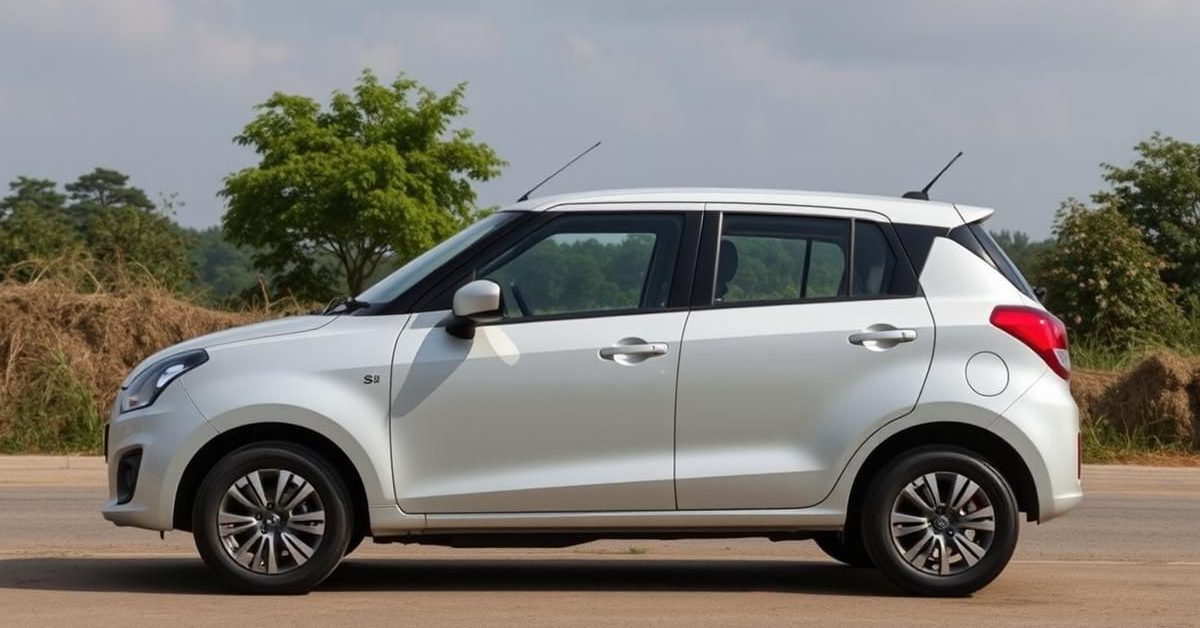Tata Motors is already developing the next-generation Harrier and Safari SUVs, and exciting new details suggest they’ll finally get All-Wheel Drive (AWD) technology.
The Return of AWD: A Game Changer
For a long time, a common wish among Tata Safari fans has been the return of AWD. The current front-wheel drive Safari lacks the rough-road capability that its predecessors, which offered AWD in some variants, were known for.
The current Harrier and Safari models use Tata’s Omega architecture, a modified version of Land Rover’s D8 platform. However, this platform has limitations, particularly when it comes to integrating an All-Wheel Drive system with internal combustion engines (though Tata has managed a workaround for the electric Harrier EV).
This challenge has prompted Tata to develop an entirely new platform. This new underpinning will finally enable true AWD functionality for both petrol and diesel versions of the next-gen Harrier and Safari.
New Flexible Platform: Built for the Future
Beyond the Land Rover D8
The upcoming Harrier (codenamed Taurus) and Safari (codenamed Leo) will be built on a brand-new, flexible platform. This new architecture is designed to support multiple powertrain options, including traditional internal combustion engines and electric vehicle setups, along with the crucial space needed for an AWD system.
This flexible approach is similar to Mahindra’s NFA platform, allowing Tata to adapt to evolving market demands. It marks a significant departure from the Land Rover D8-derived platform used in the current models, opening up a world of possibilities for future vehicle development.
Under the Hood: Expected Powertrains
Customers can look forward to a diverse range of engine options for the next-gen Harrier and Safari. The 1.5-litre direct-injection turbo-petrol engine, which is yet to debut in any Tata vehicle, is expected to power these new SUVs.
For diesel enthusiasts, an upgraded version of the current 2.0-litre diesel engine (sourced from Stellantis) is likely to be carried forward. Tata recently acquired licensing rights to develop this unit in-house, suggesting further optimization.
Additionally, the all-electric versions of these SUVs are expected to feature an evolution of the electric powertrain found in the recently launched Harrier EV.
Bigger, Smarter, More Spacious
Enhanced Dimensions and Tech
The new platform will allow the Harrier and Safari to grow in size. Sources indicate an increase in overall length by 100-200mm. This expansion should translate into more cabin space, especially benefiting the three-row Safari by improving comfort for third-row passengers.
Beyond size, a new electrical and electronic (E&E) architecture will be integrated. Tata has partnered with Chinese brand Desay for its development. This collaboration aims to equip the next-gen SUVs with the latest infotainment systems and advanced autonomous driving features, enhancing the overall user experience.
- The next-gen Tata Harrier and Safari are expected to feature All-Wheel Drive (AWD) technology.
- They will be based on an all-new, flexible platform, moving away from the Land Rover D8 derivative.
- Powertrain options are likely to include a new 1.5-litre turbo-petrol, an upgraded 2.0-litre diesel, and electric variants.
- The new SUVs are projected to be larger, offering more interior space, particularly for the Safari’s third row.
- Advanced infotainment and autonomous systems will be enabled by a new electrical architecture.
These anticipated upgrades promise a significant leap forward for Tata’s flagship SUVs, blending rugged capability with modern technology and improved comfort.













